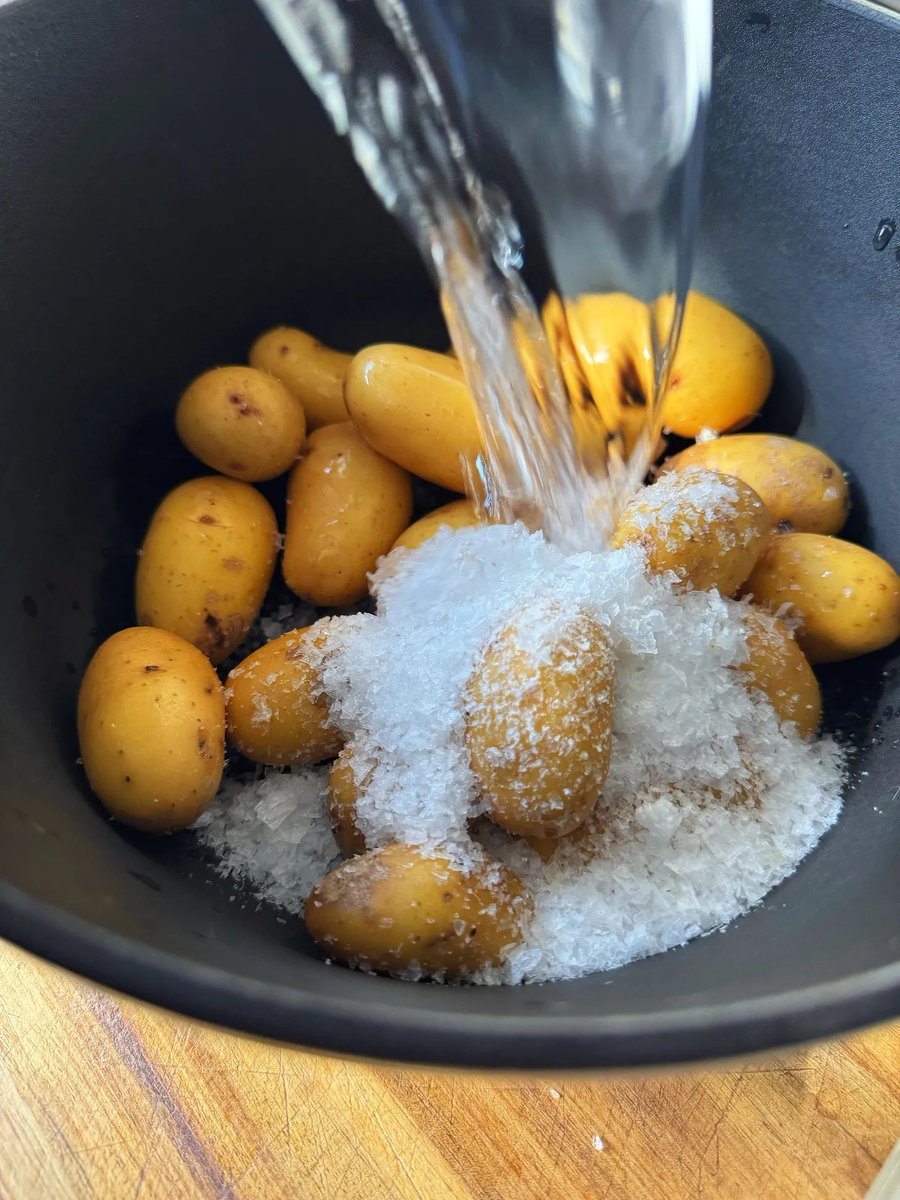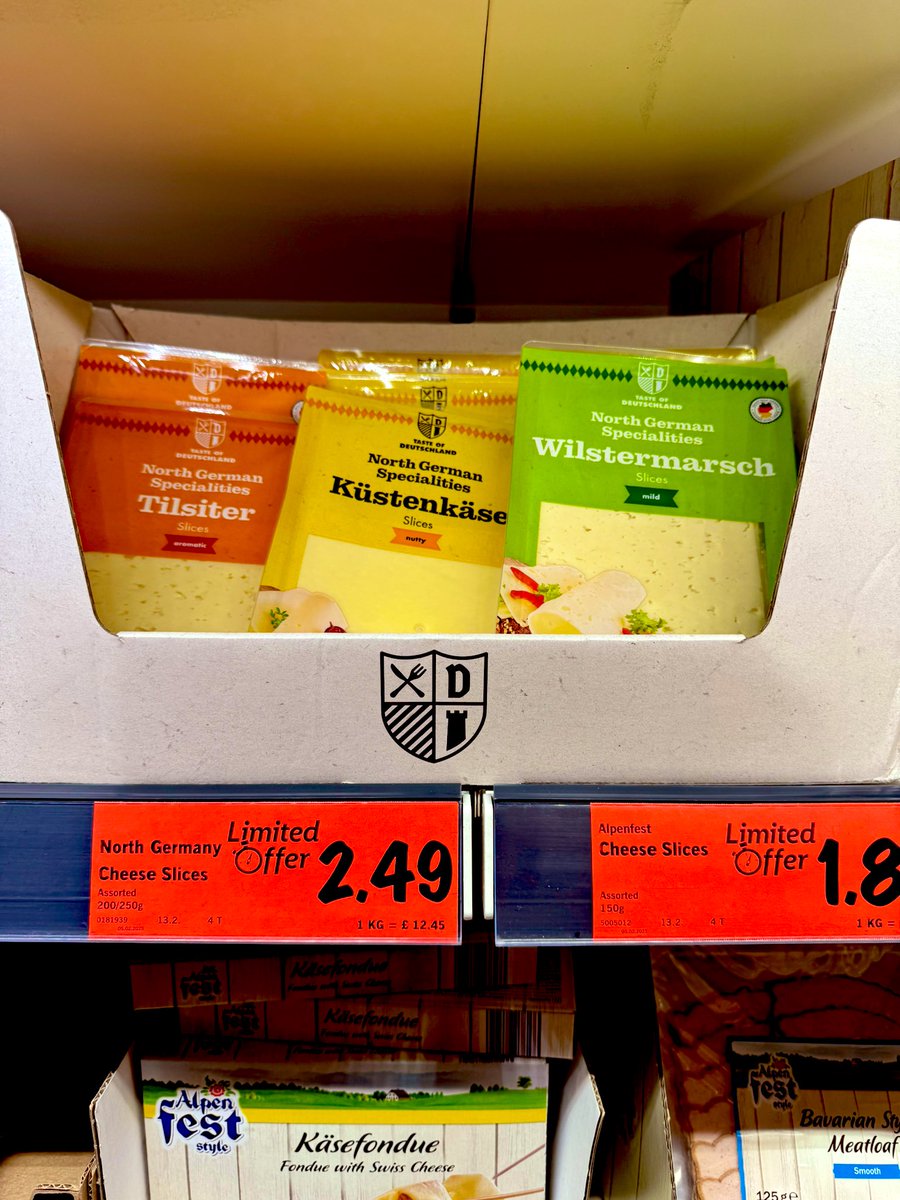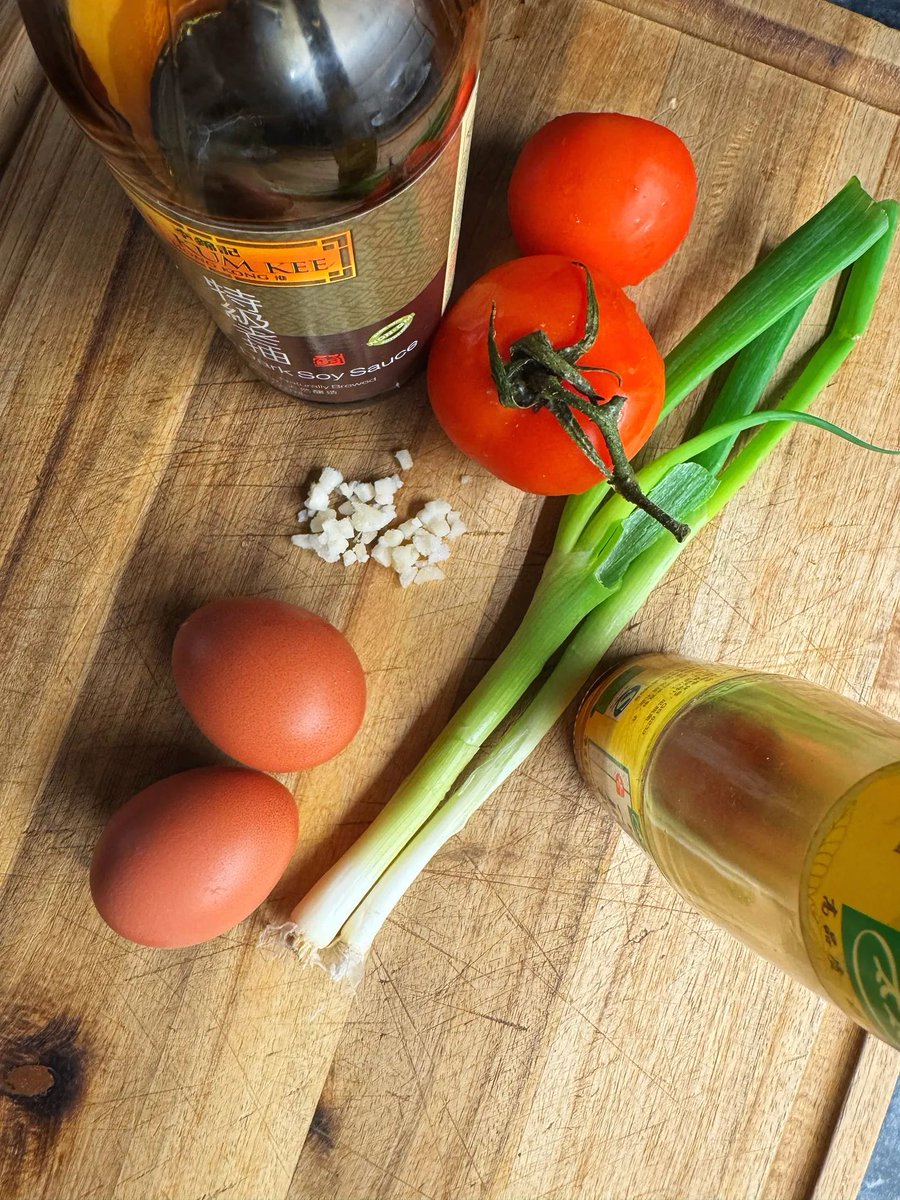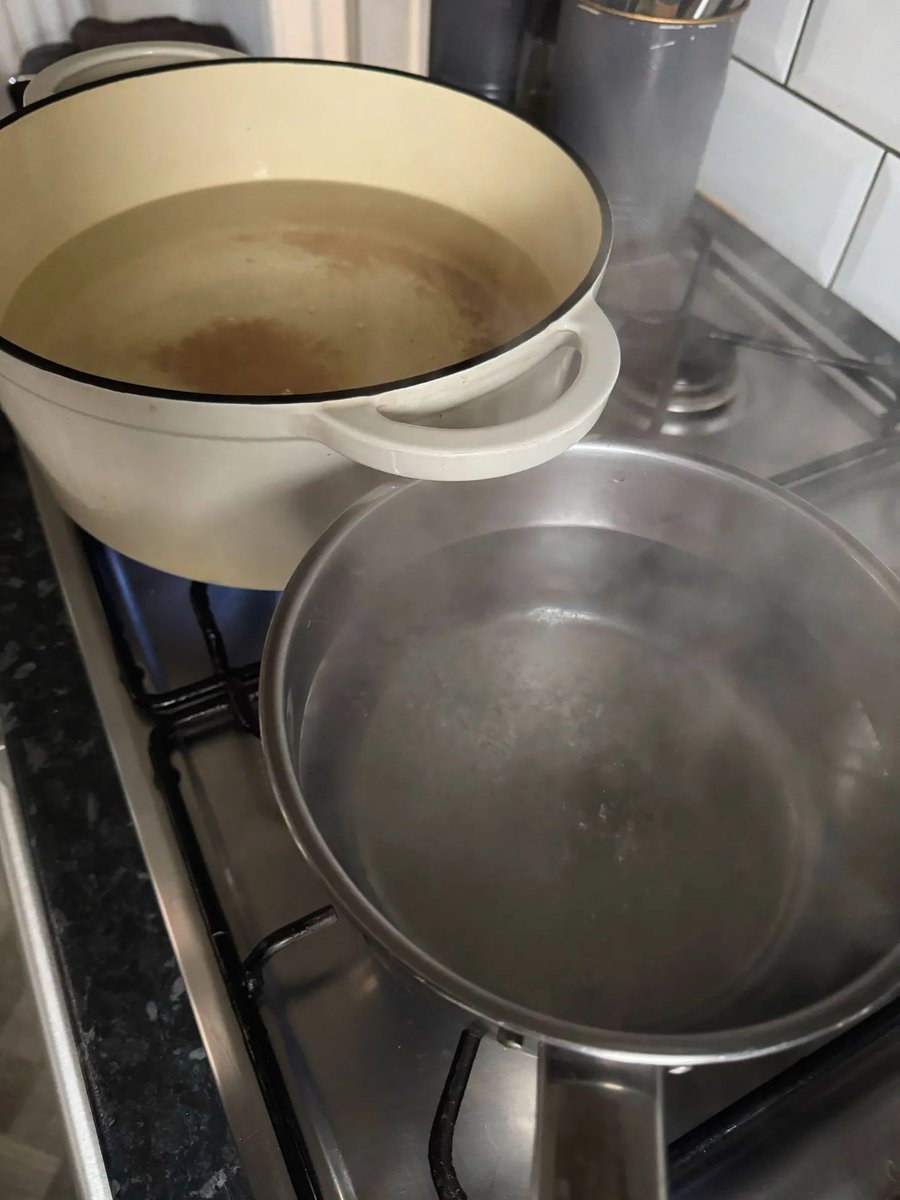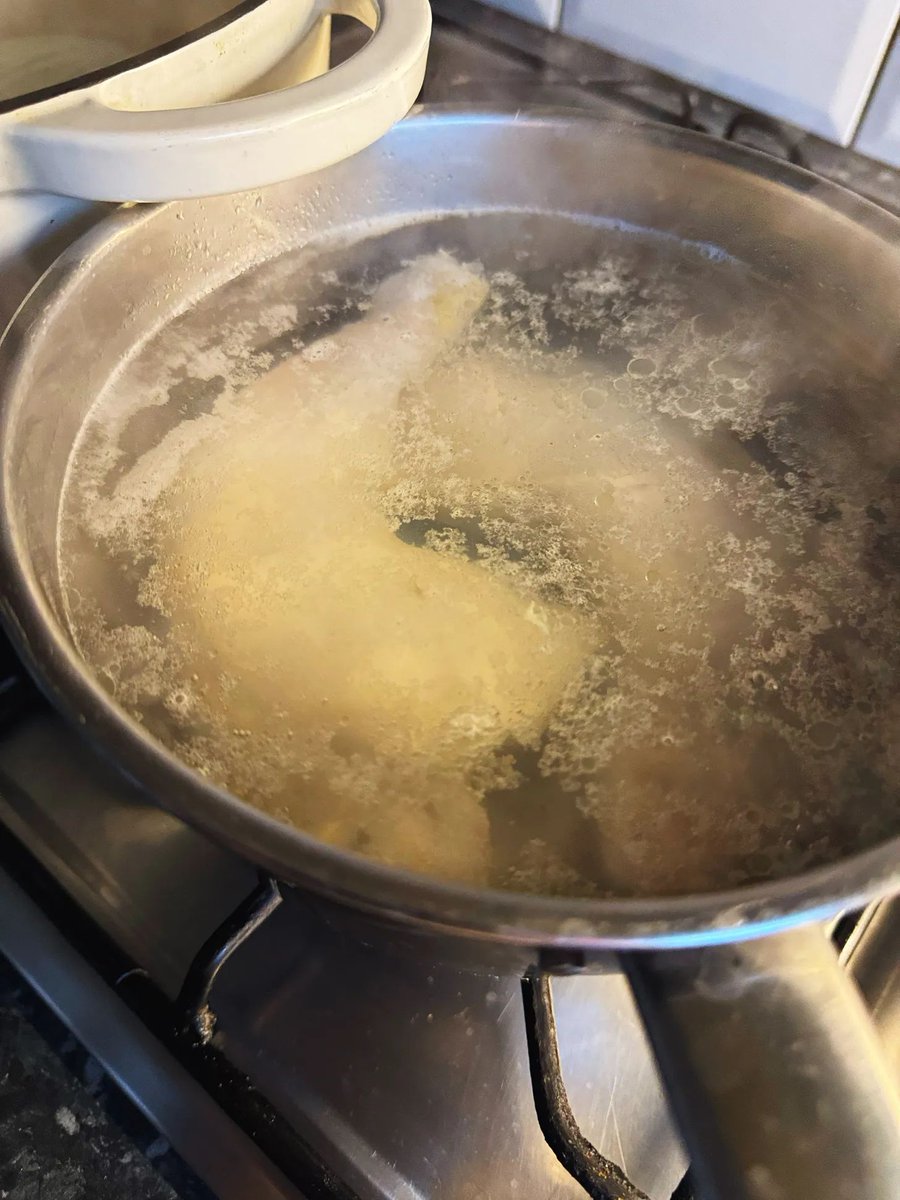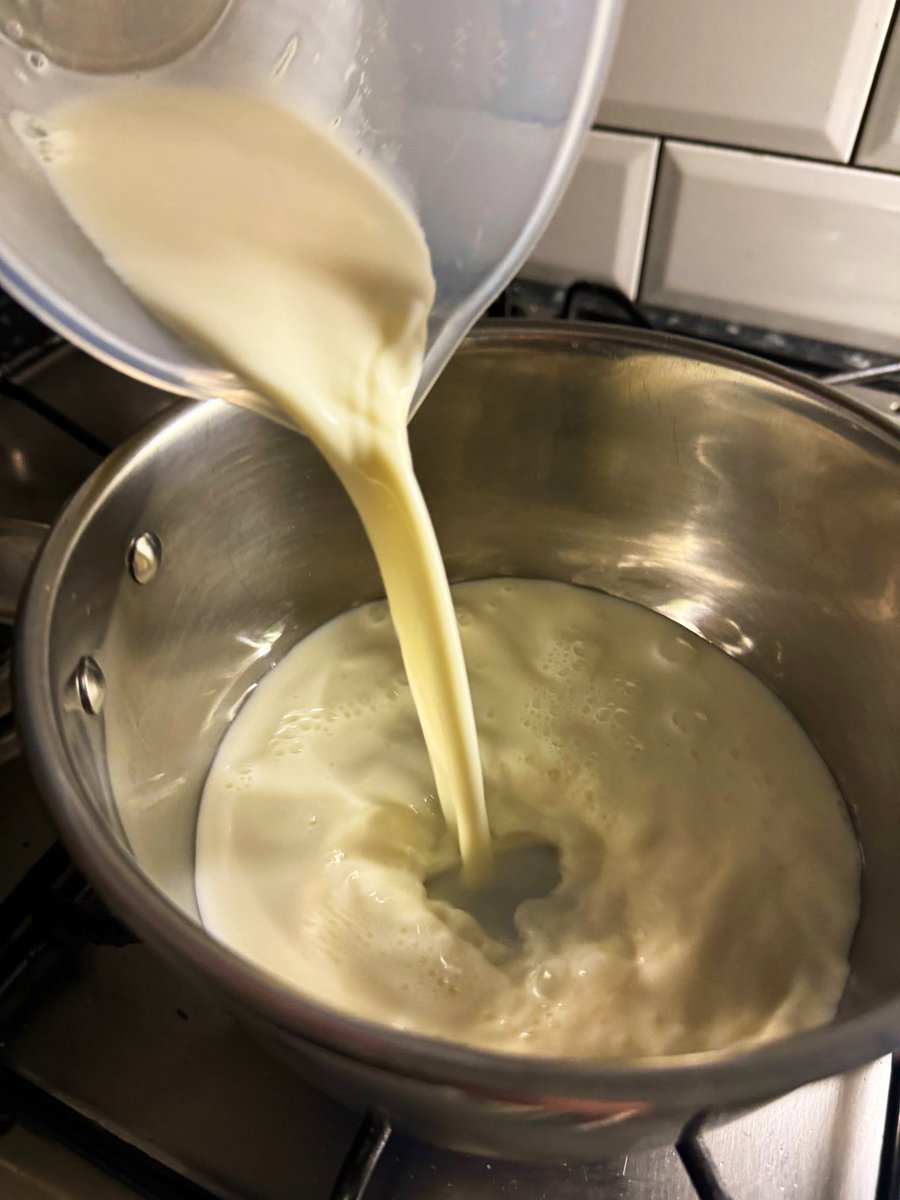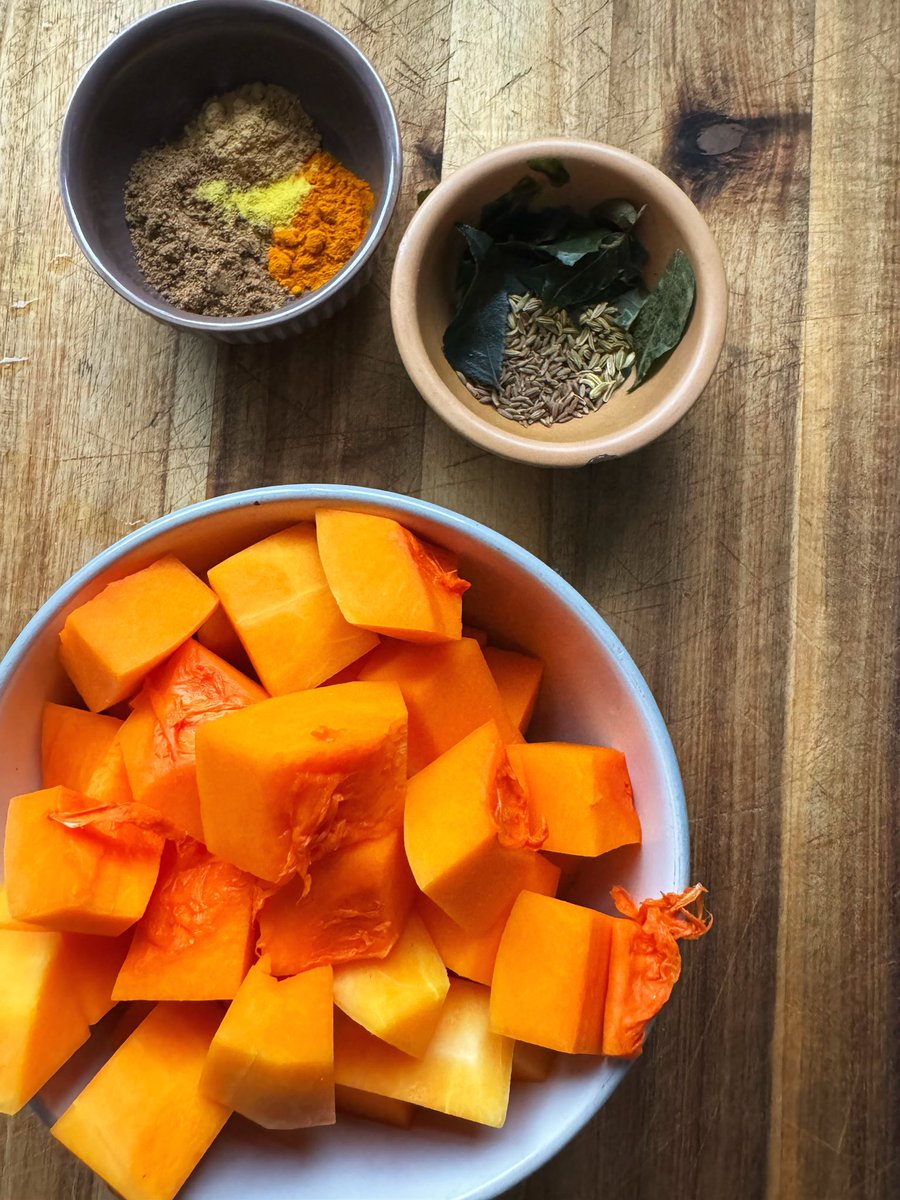Let’s nail this down. A proper bowl of oatmeal/porridge. Let me show you how I make it, with tricks to make it the best oatmeal/porridge you’ve ever had. You might be shocked - shaken, even - but stick around until the end. Let’s go! 🥣 

First, get decent oats. The best oats you’ll find are Irish or Scottish, where the soil is rich and wet. I recommend a brand called Flahavan’s which is widely available. Then there’s the kind of ‘chop’: you’ll often see ‘steel-cut’/‘pinhead’ oatmeal or ‘rolled’ oats. ‘Steel-cut’ and ‘pinhead’ oats are the same thing - the whole oat piece (the groat) is chopped into roughly thirds. They’re quite hard and require a long cook time - about half an hour - but arguably the best-tasting oat. Next is rolled oats; it’s the fast-cooking option. The oat groat is simply steamrolled flat so it cooks faster. The nutritional differences are virtually negligible. So the real difference to make up for is the flavour - that’s where I come in.

This will serve one. I measured 1/3 cup of rolled oats into a saucepan. That’s roughly about an egg-cup-full. The volume-measure you use doesn’t matter, it’s all about the ratio of oats to liquid. We’ll get to that later. First, let’s bolster the oats. Place the pan of oats onto a medium-high heat. We’re going to toast the oats in a dry pan. This will enormously enhance their nuttiness and mouthfeel, bridging the gap between steel-cut and rolled oats. They need a couple of minutes until fragrant. You can also do this in the oven as a large batch, spreading the oats across a tray then transfer them to a container. Then you can skip this step each time.

Now for liquid. The ratio of oats to liquid is 1:3. So that’s 3 egg cups of liquid straight into the pan of oats. And the liquid: it’s WATER. That’s right. No milk. I became a convert to water porridge when I first trained as a chef. The chef I apprenticed under taught me that having water porridge before my shift will make me quicker on my feet; ‘bollocks’ I thought, but he was right. You’ll be amazed at the creaminess you can unlock in oatmeal porridge - I’m about to show you how - and you don’t get that gubby, dozy feeling like you do with a milk porridge. Bring it to a boil and let it simmer for a minute or two to activate the oats’ starch.

Before we finish up with a special technique: we now season it. A generous pinch of sugar and salt. Salt makes you salivate, helping you access the nuanced flavour of the oats and makes them taste more like themselves. Sugar has the same effect, but you’d be surprised how little you need in water porridge. Just a generous pinch. And you know how much of a sweet tooth I am! You’re welcome to add more. I always add the salt and sugar at the end as the seasoning is usually weft into the starch and cloaked if added too early - and it’s no longer readily detected by your palate. You end up ingesting more salt than you can really taste. This also applies to all other starchy dishes: mashed potato, beans; polenta and risotto.

Speaking of risotto, now for this special technique. Turn off the heat. Throw in a knob of butter. I added Kerry Irish butter. We’re going to cream (or ‘emulsify’) this butter into the oatmeal porridge. This technique is also used in risotto to enhance the mouthfeel of the dish. The Italians usually call this step ‘mantecare’, which roughly means ‘to caress with butter’. Stir the oats and butter briskly and keep the butter skating through porridge. Butter is the perfect emulsion of water and fat, and we want to keep that emulsion stable in the porridge. Emulsions always feel creamy on your tongue and safeguard aromas extremely well. Brisk mixing will whip air into it, which is actually also a brilliant emulsifier. It only takes 20 seconds to do this, but the result is mind-blowing. Pillowy, creamy and aromatic.



And serve. Sure, any toppings are more than welcome! My favourite way to eat it is as Copenhagener ‘grød’, with diced apple, caramel sauce and toasted almonds. But honestly, it needs nothing more. And I promise you that you’ll still feel very nimble and fast on your feet after. Enjoy! 🇮🇪

If you want to graduate to some other versions, I have an two alternative oatmeal recipes on Cook’s Instinct -🇨🇭 Birchersmüesli, a Swiss overnight oatmeal that is packed with fibre, creamy and delicious all year round (FREE RECIPE: ). cooksinstinct.com/p/swiss-birche…

And a super tasty one: 🇮🇸 Icelandic ‘Karamellu Hafragrautur’, a porridge from Iceland enriched with tangy skyr and Nordic-style caramel sauce. (PAYWALL RECIPE: ) cooksinstinct.com/p/icelandic-ca…

• • •
Missing some Tweet in this thread? You can try to
force a refresh



